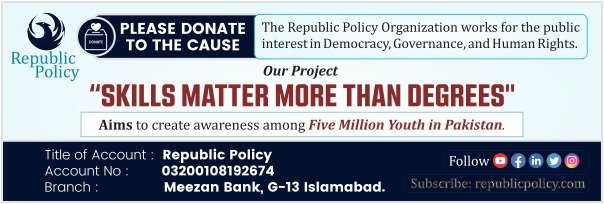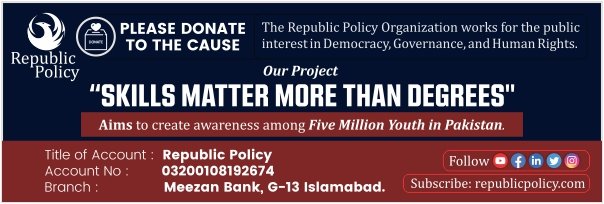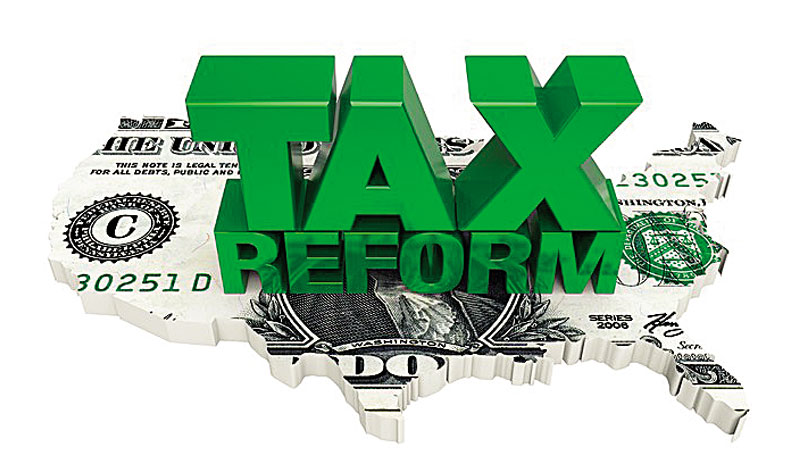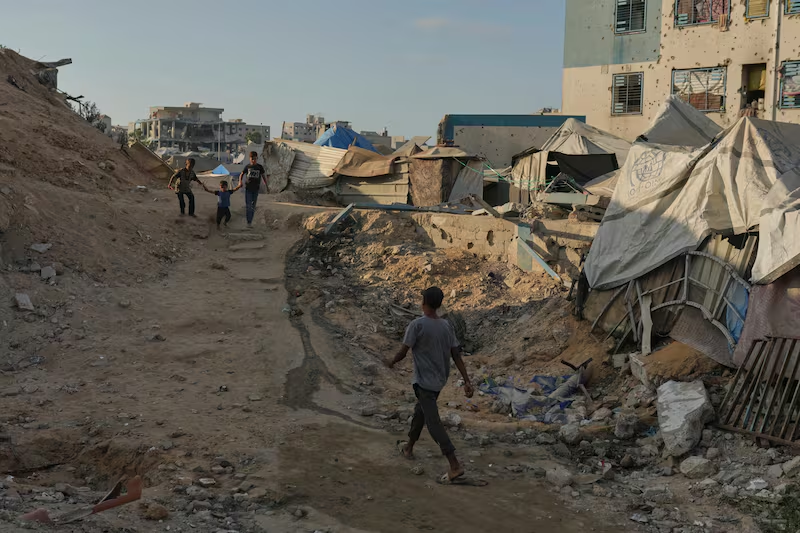By Dr. Muhammad Kaleem
The role of ‘dynasties’ in Pakistan’s political culture has been overwhelming, even before the country’s independence. In Sindh and southern Punjab, most political ‘dynasties’ are old, with a minority of newcomers. In northern Punjab, it tends to be the other way around. However, in many ways, these new families tend to merge into established ‘feudal’ patterns of power. Some of Punjab’s most incredible aristocratic families turn out on examination to have intermarried with new business dynasties. These dynasties have proved to be extraordinarily resilient. They have survived the violent deaths of their leading members, repeated failures in government, chronic losses to deliver on promises to the masses, and, in many cases, the abandonment of whatever genuine ideology they ever possessed.
The elitist growth model in Pakistan has grown with varying intensity. It traces the consequences of the various policies followed by seven successive non-military, nominated governments up to 1958 and then dictatorial regimes of Ayub Khan and Zia-ul-Haq, the socialist democratic era of Z.A Bhutto, and the new, democratically-elected governments since 1988. What is most puzzling is that the forms of government, whether democratic, nominated, directly or indirectly elected, or dictatorial, could not fix the political elite of Pakistan. In the same way, different ideological inclinations of the government in power, whether liberal, conservative, Islamic, leftist, or rightist, could not make any significant difference to the general thrust of this model.
The Mughal period and the British colonial era shaped Pakistan’s agrarian structure. At the time of partition, Pakistan had two land tenure systems existing side by side. The first type, which was quite widespread, was the zamindari (landlord-tenant) system. The zamindars and jagirdars possessed large tracts of land, divided into small areas and cultivated by sharecroppers. At the same time, most landlords were absentee owners and lived off the tenants’ rent. This system had all the trappings of an exploitative feudal culture. All forums for the settlements of disputes were in favor of the zamindars.
Consequently, the peasants were without any legal protection. The second significant type of land-tenure system was peasant proprietorship, under which peasants cultivated small lands owned by them. The peasants were more potent in this system, but this was only a tiny fraction of the rural population.
As a result of all these forces, this inherited land tenure structure has played a principal role in shaping a country’s political system, institutions, and societal norms. In Pakistan, on the other hand, the small elite has used social relationships to control and acquire public resources for private enrichment and to exclude the majority of the poor from the benefits of development.
Moreover, state power in Pakistan rested predominantly in the hands of the bureaucracy and the military at independence. The leading political party, the Muslim League, could not organize itself at the grassroots level and thus found it difficult to counter the more sophisticated and educated members of the civil service and the army. The Muslim League needed them badly to consolidate the new state’s power and lay the foundation of administrative machinery and a security apparatus.
The impact that the exercise of power by the elite has upon the efficacy, quality, and ethos of the state apparatus, as well as society’s reaction, has been phenomenal. Rulers inherently treat the servants of the state as their ones. The servants of the state, in turn, carve out their niches and try to achieve a measure of personal security and aggrandizement by collaborating with the political elite.
The roles of the political leadership vis-à-vis the state apparatus, the higher bureaucracy and judiciary and financial administrations, and its relations with the other arms of the executive and American-inspired tutelage on the culture of power and governance of Pakistan act as important empirical markers. All the state’s essential administrative sections, including law enforcement, taxation, area administration, local government, health, education, etc., have been simultaneously politicized and privatized.
A politically connected subordinate could easily overpower his superiors, while the insecurity of the senior servants affected their impartiality and professionalism in dealing with politicians and administrative associates. Although arbitrary dismissals, appointments, and transfers reduced the higher bureaucracy into a quasi-medieval instrument, the formal changes in the structure of the services, remuneration, and nomenclature shattered its flexibility and adaptability.
Members of the national and provincial assemblies are allocated their quotas for jobs leading to unabashed cronyism at the middle and lower levels. The already severe delinquency problems, incompetence, and pliability spiraled out of control while a clique of corrupt countries’ enveloped those exercising power in Pakistan’s increasingly ‘medieval’ ruling culture. The cabinet ministers were least interested in applying their minds to policy questions; instead, they focused on the employment of some temporary workers for the annual pilgrimage to Mecca, and for this, the government was being used as an instrument of political patronage.
We may conclude that in Pakistan, democracy is only in name but not in practice because the core spirit of the system is sorely lacking. There is no rule of law, meritocracy, rights of minorities, and free economy. That is why Pakistan is suffering from poor governance based on patronage and kinship. Democracy is not the system’s name; it’s a culture and a process. Unless a change in people’s minds and leadership develops, this country will not take the roads of democratic norms leading to good governance and socioeconomic development.
Concluded……
The writer holds a Ph.D. degree in Political Science.














